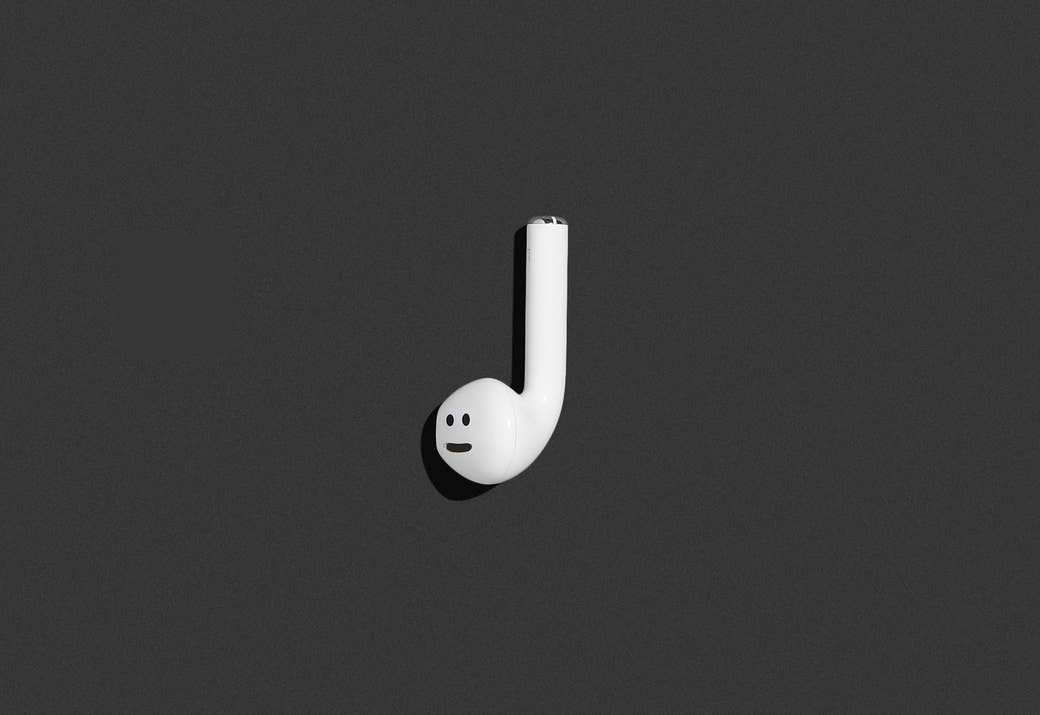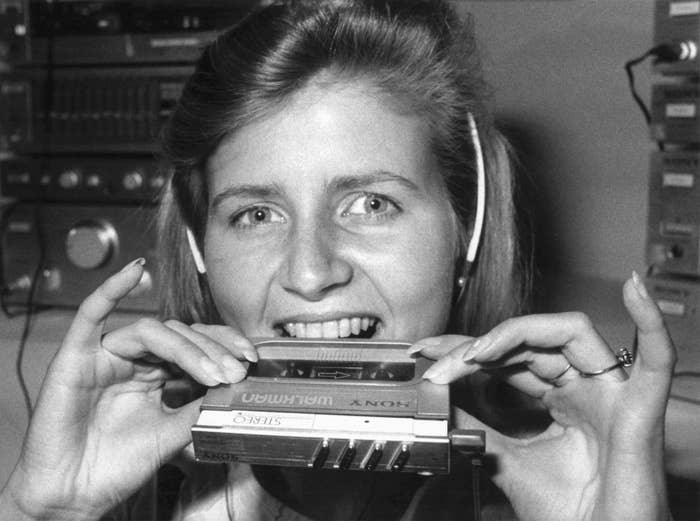
In the summer of 1979, Sony invited reporters to a park in Tokyo. When they arrived, each received a Sony Walkman, sat down, pressed play, and watched in silence as employees skated by, also wearing Sony Walkmans. At first, Sony needed to sell people on the concept — the way that headphones could provide the score to your life, first developed so an executive could listen to classical music on flights. As an early US jingle put it, “You really feel the music with a Sony Walkman.”
New human experiences are rare, but the Sony Walkman introduced one: putting headphones on, at the right time, with the right music — something soothing and cool flooding what’s jagged inside your head. Sales were soft, then exploded. “Maybe it’s so popular,” a retailer told the Washington Post in 1981, “because nothing like this existed before.”
The recent discourse about AirPods, whether they’re good or bad, or neutral themselves but separating everyone from the physical, echoes what the original Walkman inspired. “With the advent of the Sony Walkman came the end of meeting people,” a CBS Records vice president complained to the Post. “It’s like a drug: You put the Walkman on and you blot out the rest of the world.” George F. Will defended the Walkman because it separated you from the walkabout realities of everyday life! According to an academic paper, a French interviewer asked young people “whether they are losing contact with reality,” “whether the relations between eyes and ears are changing radically,” “whether they are worried about the fate of humanity.” Allan Bloom’s argument about the decline in college education, The Closing of the American Mind, features a throw-yourself-down-the-stairs grotesque of a teenage boy, toward whom the entire world has now been oriented, wearing a Walkman.

“We have entered the age of the urban hermit,” Walter Shapiro wrote in ’82, lamenting the end of the boom box and calling the Walkman “a potent symbol of an antisocial electronic future.”
In that piece — “Walkpeople Invade” — Shapiro imagines, quite accurately, the way advances in personal technology would break down time (the way an algorithm never seems to be quite with you in the present) and splinter common cultural reference points (though if the common cultural conversation left you out or didn’t quite understand you, that change is a great good). But his image of the future didn’t include the internet and phones, and therefore was a future in which technological breakthroughs “will destroy our need to talk with one another,” rather than the intensity of communication we currently enjoy/endure.
To address this fear of isolation, the original Walkman featured a split jack and an orange button so you could listen with a friend. But headphones rearrange space, that’s always been clear. In a 1984 paper called “The Walkman Effect,” an academic named Shuhei Hosokawa examined different conceptions of sound/music in a city, as in: the pedestrian hearing the world in chaotic time (e.g., a SZA song from a passing car’s window alongside kids yelling and a truck idling), people consuming music apart from the world, but together in unified time (e.g., seeing The National live), the individual consuming music alone, but in the world (e.g., you, AirPods, airport).
In the here and now, you can add another layer: There is the physical, of course, and then there is the extension of life through our phones. Ten years after Sony introduced the Walkman, Nintendo introduced the Game Boy; 10 years after that, Napster launched, transforming music from something physical into data, as Charlie Kaplan, the CEO of Cymbal, a now-dormant social platform for music to now something you don’t own but pay to access, put it. This trio of anniversaries, in a weird way, form a three-man weave that helped put us where we are today with phone as escape and something to escape from.
An underlying issue beneath so much of companies’ use of data, data breaches, hacks, and the explosion in notifications, is the way platforms and companies attempt to catalogue and quantify intangible human qualities, and the way people in a connected society can brutalize each other with that data in hand. See: The way hacked emails are a weapon not because of your Social Security number, but the email I sent you about our mutual acquaintance six years ago, now available for all parties to read. See: The way you open Instagram and balk at the way the app pays a little too close attention to whom you search. See: Gmail watching how you write, without understanding the words, and parroting back to you a facsimile of yourself. See: The way you may now wonder why you don’t hear from people within windows of time you never would have expected to hear from them before. And this kind of creep into the private never seems to abate.
But there’s one place you don’t have to worry about that feeling, free from the delicate complications of quantified social interaction. In the soothing black interface of Spotify these days, it is you and the music and the algorithm in there — and nothing else.
Any song you want, any album, any kind of music, on demand, almost any place you are, any speed you happen to be moving. This is incredible! Spotify and streaming may change popular music, including what the software pushes, yes. Spotify also emphasizes — in the manner that different kinds of soda taste better from the fountain, or in a glass bottle, or in a can — how certain kinds of tracks, often with a dreamy or distant quality, sound better when heard through headphones. But this isn’t necessarily isolating. In that 1984 paper, Hosokawa wrote, “Walkman users are not necessarily detached (‘alienated’ to use a value-laden term) from the environment, closing their ears, but are unified in the autonomous and singular moment.”
He cites the example of a French movie, La Boum, from the early ’80s. At a party with loud music, a boy places headphones on a teenage Sophie Marceau and they slow dance, lit up by strobes, while the rest of the party dances out of time.
And although this is a random French movie from 40 years ago that features a Walkman, an incredibly cheesy song, and cheering French teens, this particular scene still captures better than most the propulsive need for private spaces amid chaos, and the way that a pair of headphones can accomplish it, alone or together.
One appealing feature of AirPods is that they literally separate you from your phone, adding to the enduring appeal of headphones: that all-encompassing, fall-away feeling of music descending. What a RELIEF it can be. ●
